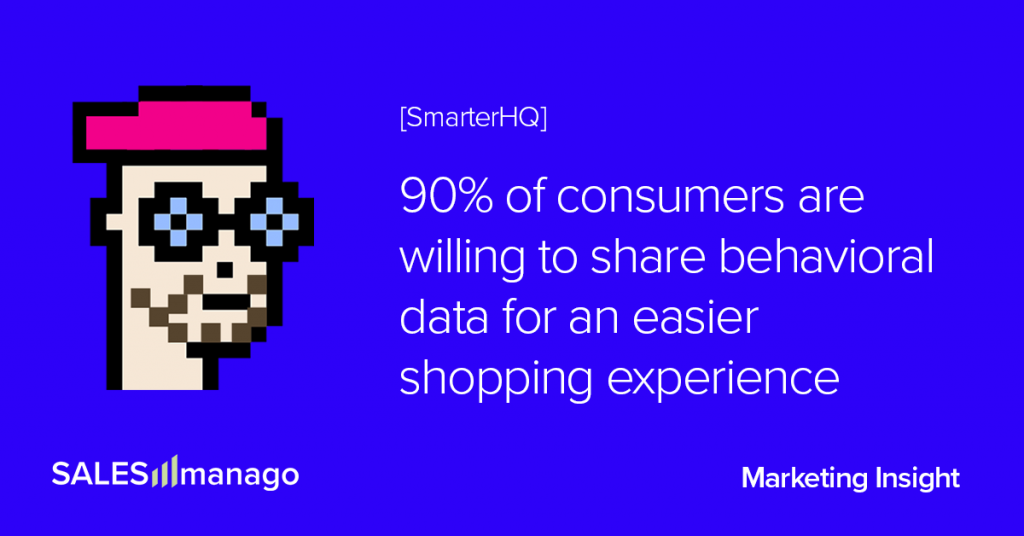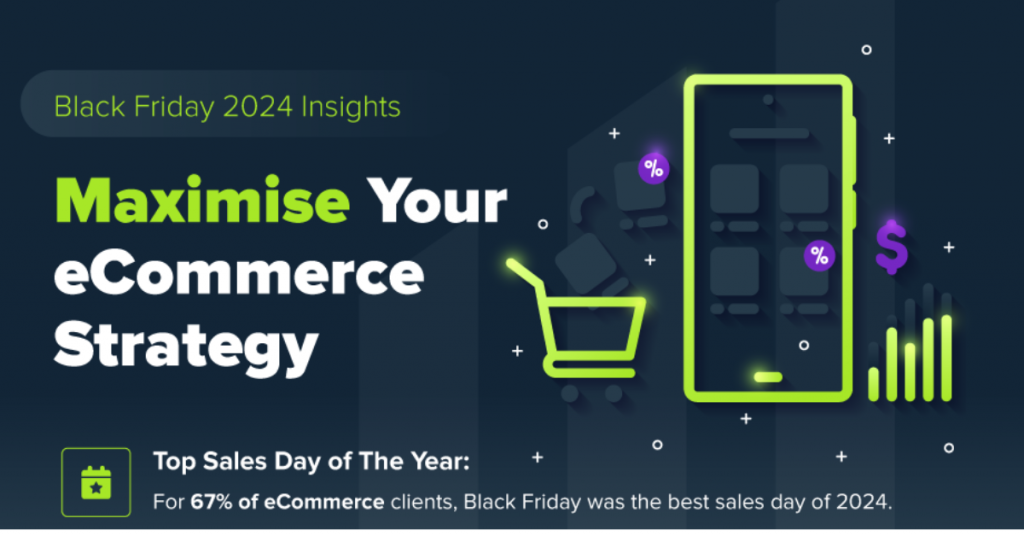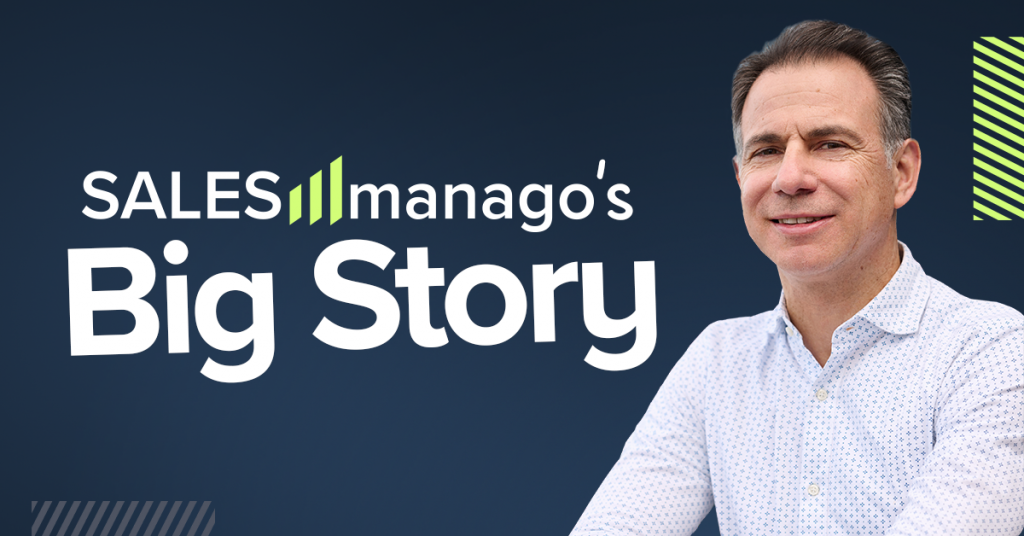
In 2021, privacy issues will probably dominate marketing practices and customs. Everybody expects its major influence on the data gathering, storing and usage process, and the new regulations are frequent. The eCommerce companies as well as their tech partners brace themselves to meet the consequences of this trend. But is privacy a thing the consumers really want, and, if so, can CDPs provide the companies with adequate solutions?
Ambiguous expectations
The number of privacy legislations risen in recent years in many countries, privacy is on everybody’s lips, the consumers demand it to the point, that 30% of consumers said a brand had become “too personal”—and 69% of these consumers would stop doing business with a brand or reconsider their relationship to the brand because of this.
We can also observe Data Privacy related moves from the tech giants, like Apple.The recent introduction of Mail Privacy Protection feature is not the first, nor will it be the last change, forced by their clients in order to better protect their Data and/or Information Privacy.
On the other hand, 90% of the consumers willing to share behavioural data for an easier shopping experience, and 72% say they only engage with personalized messaging.
This may create some cognitive dissonance, unless we just want to acknowledge that the consumers want to have the cake and eat a cake. In this article we will briefly introduce some basic, privacy-related definitions, speculate on how the privacy trend will affect CDPs development and explain how CDPs can help privacy right now.
Finally, we will try to find an answer to the title question finer than just “The consumers want it all”.
Tightening regulations. Data Privacy, Information Privacy and Data Sovereignty Definitions
Data Privacy is the set of practices ensuring that the data shared by the customers is only used for its intended purpose. The practices focus on proper handling of sensitive data, like:
- personal data
- confidential data (i.eg. financial)
- intellectual property
The goal of these practices are to ensure meeting regulatory requirements as well as protecting the confidentiality and immutability of the data.
Information Privacy is the right of individuals to have control over the process of collecting and using their personal or confidential data.
Finally, there is Data Sovereignty. The term refers to the data as the subject of the laws of the country in which it is located.
As the adoption of cloud data services rises, many countries introduce legislations requiring data to be kept within the country in which the customer resides. In most countries, Data Privacy is a legal concept, not technology. In the European Union, data privacy is recognized as a fundamental right. On the other hand, in some countries, privacy is seen as an element of liberty, free from intrusion from the state.
Some examples of Data Privacy legislations:
- California Consumer Privacy Act (CCPA) gives consumers more control over the personal information that businesses collect about them and the CCPA regulations provide guidance on how to implement the law. It gives the consumer i.eg. the “Right to be forgotten” or the right to opt-out of the sale of their personal information.
- General Data Protection Regulation (GDPR) gives EU citizens new control over their data and their interactions with companies.
- US Health Insurance Portability and Accountability Act (HIPAA).
- Electronic Communications Privacy Act (ECPA), the legislation extends government restrictions on wiretaps to include transmissions of electronic data.
- Children’s Online Privacy Protection Act (COPPA) gives parents control over what information websites can collect from their kids.
How the privacy trend will influence CDPs further development
The regulations concerning Data Privacy as well as Information Privacy are tightening all around the world. Many sources place Data Privacy and compliance related topics among the most important trends in CDPs development as well as the digital transformation as a whole.
The trend for privacy is obvious, the symptoms occur everywhere, from legislation to technological solutions.
As the CDPs became much more common in recent years, they are now the essential part of many companies’ tech stack. The privacy trend will not only influence further development of the platforms, it will even be beneficial for CDPs.
From the technological perspective, you should expect further development of even more sophisticated data governance around data privacy and customer communication preferences, provided by modern CDPs.
From a market perspective, the inherent traits of CDPs make them a great tool and natural choice for efficient Data Privacy practices, so you should expect even greater growth of the platforms’ market share.
What inherent traits make CDPs such an efficient tool for providing Data Privacy, and how can you use them to your advantage in this area right now?
3 inherent CDPs traits to leverage for Privacy
CDPs are consolidating data into a single customer record. This enables better control over customer data and enhances consumer experience at the same time. CDPs however are not designed to be privacy platforms. You don’t just get Data Privacy solutions as functionalities out-of-the-box. Used in the right way however, they help substantially.
GDPR and CCPA compliance. Disclosure Requests and the Right to be Forgotten
Both GDPR and CCPA grant consumers the right to ask for the information a company is storing about them. In the absence of CDP, the data is gathered and stored in silos across multiple systems, and some of it may go missing. Inherent trait of CDP, that is being a source of single truth for all consumer data, makes the compliance with these regulations a lot easier. This trait also supports “Right to be Forgotten” regulations, making it seamless for companies to purge non-essential customer data.
Unified first-party and zero-party data
Some marketers show high reliance on third-party data providers in order to create a unified customer identifier across different data sets, in other words identity resolution. Third-party data providers leverage their ability to match customer lists with third-party data and extend it by sending back a unifying customer ID to the brand.
In the Privacy era, combining first-party with third-party customer data from external sources may prove problematic and inconvenient for a brand, as at some point it may violate Data Privacy practices. Qualities inherent to CDPs enable them to perform this same identity resolution process by using first-party and zero-party data, omitting the collision with privacy practices, policies or regulations.
Enforcing Cross-channel Preferences
Another inherent trait constituting a CDP is consolidating customer records across data sources. They are easily capable of creating a cross-channel standard for customer communication preferences. The standard can be used in segmentation rules across different channels, ensuring that customers who have opted-out for specific communications, never appear in lists that would have otherwise targeted them.
What do consumers really want?
Both consumers’ expectations and legislations in privacy matter don’t prevent the companies from developing the unique, personalized, customer experiences. The consumers gladly share their data with the brands. They don’t just “want it all” from the companies, without providing the information necessary to personalize the communication.
Consumers seem to expect that we will be as efficient, agile, and willing in the execution of their privacy rights, ensuing from the legislation and given consents, as we are in other aspects of our interactions with them. They want their privacy rights delivered as they want their goods – here and now. They want us to do what we do, only better. And modern CDP can help you substantially to meet their expectations. See SALESmanago demo to learn in detail, how we can support the best of your Data Privacy practices.
 Follow
Follow
















